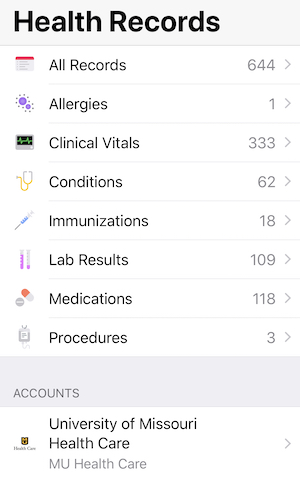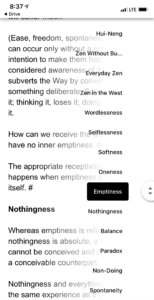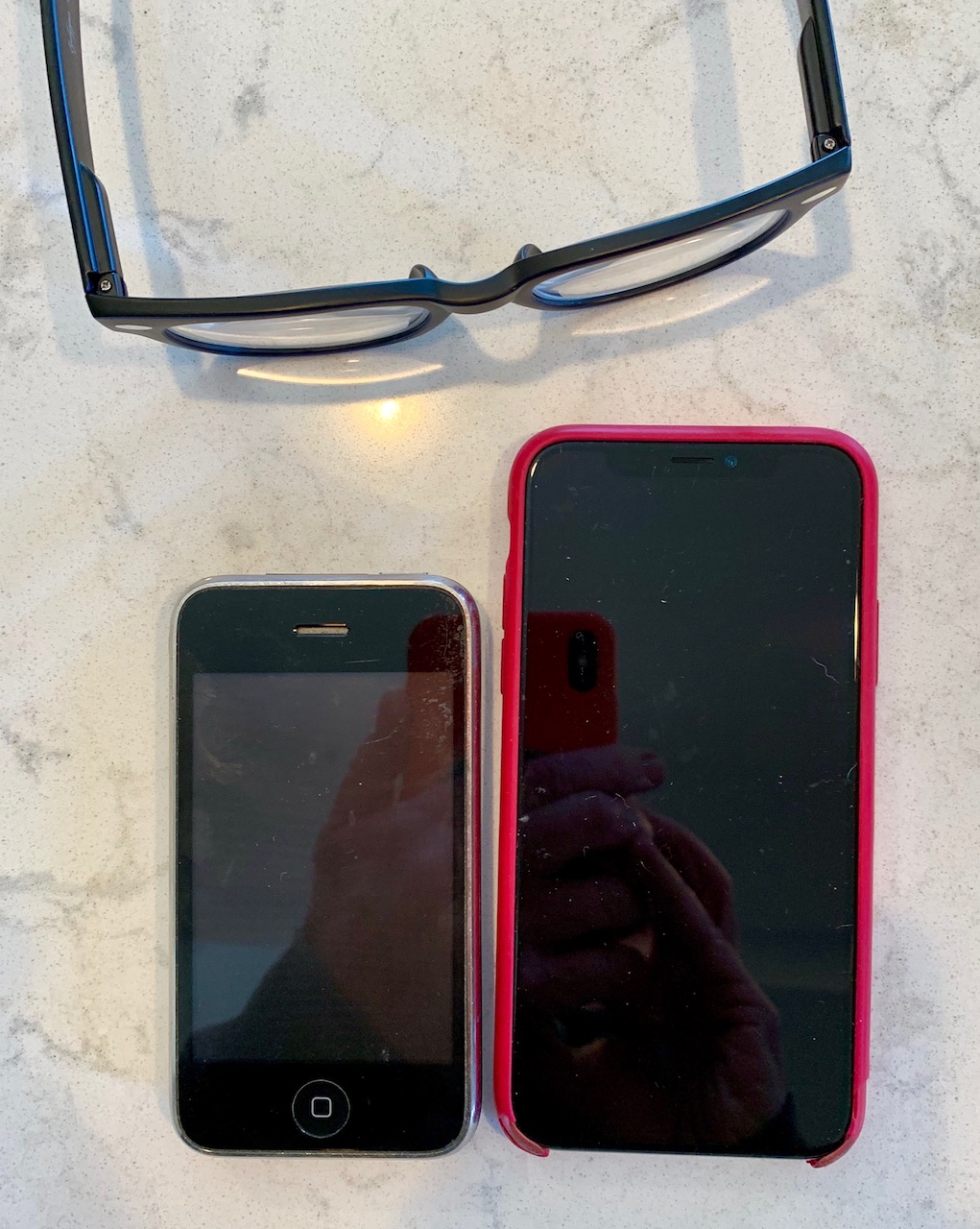 “Minimalism is the art of knowing how much is just enough. Digital minimalism applies this idea to our personal technology. It’s the key to living a focused life in an increasingly noisy world.” (Amazon)
“Minimalism is the art of knowing how much is just enough. Digital minimalism applies this idea to our personal technology. It’s the key to living a focused life in an increasingly noisy world.” (Amazon)
I’ve been creeping in this direction for a while. Never on FB; deleted my Twitter account back in 2016; and said goodbye to Google+ last year. But my world is still noisier than I’d like and I got some good ideas from this book. Here’s a few excerpts:
“Philip Morris just wanted your lungs. The App Store wants your soul.”
“Checking your “likes” is the new smoking.” — Bill Maher
“(Smart phones are) slot machines in our pockets.”
“What’s the single biggest factor shaping our lives today?” (Our screens)
“We didn’t sign up for the digital lives we now lead. They were instead, to a large extent, crafted in boardrooms to serve the interests of a select group of technology investors.”
“The iPod provided for the first time the ability to be continuously distracted from your own mind.”
“You cannot expect an app dreamed up in a dorm room, or among the Ping-Pong tables of a Silicon Valley incubator, to successfully replace the types of rich interactions to which we’ve painstakingly adapted over millennia. Our sociality is simply too complex to be outsourced to a social network or reduced to instant messages and emojis.”
“A life well lived requires activities that serve no other purpose than the satisfaction that the activity itself generates.”
“Assuming that you use Facebook, list the most important things it provides you—the particular activities that you would really miss if you were forced to stop using the service altogether. Now imagine that Facebook started charging you by the minute. How much time would you really need to spend in the typical week to keep up with your list of important Facebook activities?”





